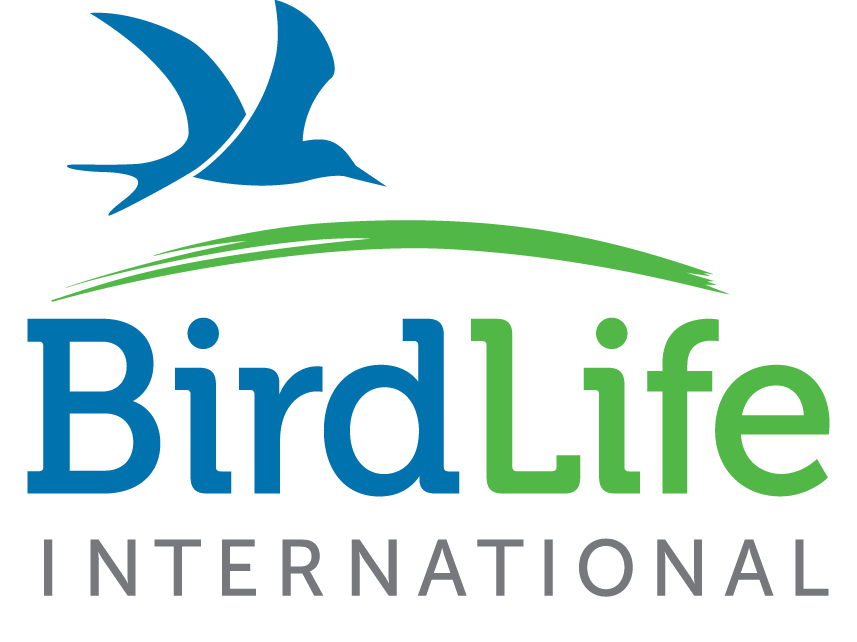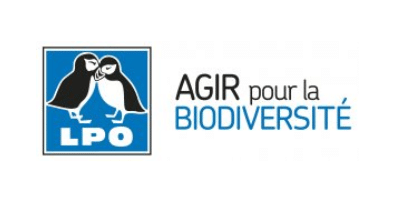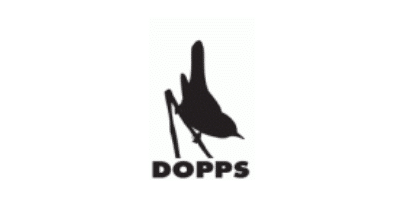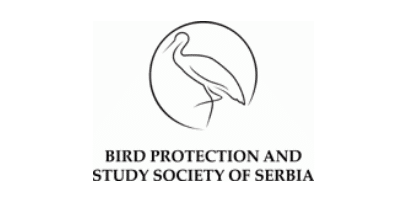The battle to keep Albania’s protected areas protected
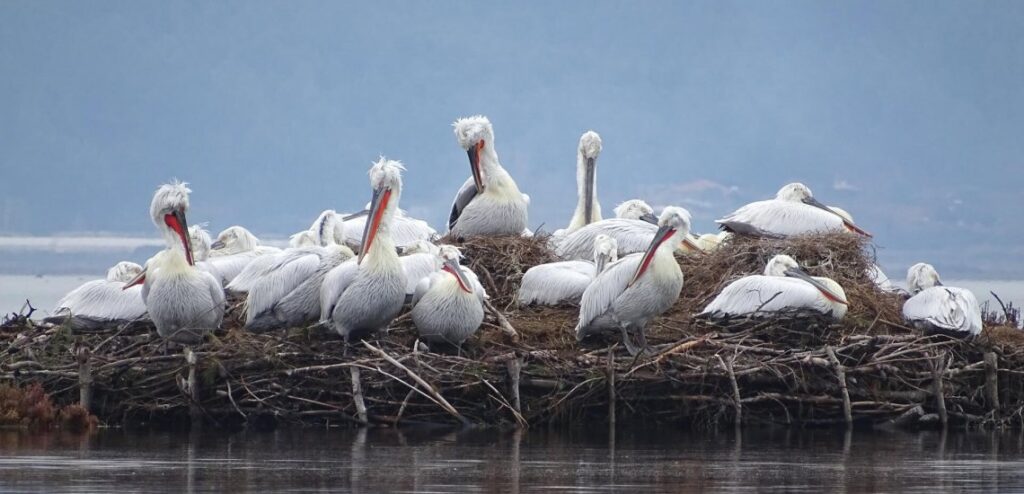
After a momentous victory to protect a National Park from development, Albania’s entire protected area system came under threat. Here’s how a local coalition of NGOs reacted.
By Tilen Basle
Header Image: Albania has the only Dalmatian Pelican breeding site on the Adriatic coast © Taulant Bino
Beaches may not be the first thing that comes to mind when picturing Albania, but nonetheless the country boasts some of the last stretches of pristine Adriatic coastline: kilometres of shore without a tourist resort or tanning beachgoer in sight. Just occasional fishermen, a cow or two, and a few Little Ringed Plovers Charadrius dubius running along the shore. Some sections of Albanian coast are home to a remarkable ensemble of biodiversity that has lived in harmony with people for many centuries. But whilst rich in nature, Albania is not so rich economically. As the country develops and aspires for EU membership, can its pristine coasts be protected from the irreversible damage seen in neighbouring Balkan nations?
One such place is Divjaka-Karavasta National Park, home to more than 260 bird species – 18 of which are globally threatened – and harbouring huge numbers of migrating and wintering waterbirds each year. A colony of Dalmatian Pelicans Pelecanus crispus (Near Threatened) also finds its home in the lagoon – the only coastal breeding site for the species along the Adriatic coast. But recently, this safe haven came under serious attack as a private investor, Mabetex Group, together with divisions of public authorities, revealed a plan to build a new ‘tourist city’ within the core of Divjaka-Karavasta. Whilst sustainable development and ecotourism are important for Albania, it doesn’t take much to figure out that the kind of resort proposed doesn’t belong next to an important pelican colony in a National Park.
Thankfully, an NGO coalition led by the Albanian Ornithological Society (AOS) quickly raised their concerns and entered a long and exhausting battle, supported by grants from the Critical Ecosystem Partnership Fund (CEPF)*. November 2019 brought victory, when Albania’s Strategic Investment Committee decided to reject Mabetex’s proposal – an important moment for nature conservation and the nongovernmental sector in Albania. However, celebrations didn’t last long as new threats appeared on the horizon.
Around the same time, the National Agency for Protected Areas and the Ministry of Tourism & Environment initiated an internal process to revise Albania’s protected area network. This proposed revision turned out to be the biggest threat to nature in the whole of the Balkans: with one flick of a pen, coastal protected areas would be reduced on average by at least 22%. “This act would undo more than 15 years of science and conservation work on Albania’s protected areas”, says Borut Rubinič, CEPF Programme Officer for the Balkans. “Coastal areas would be hit the most, some facing a reduction of almost 40%.”
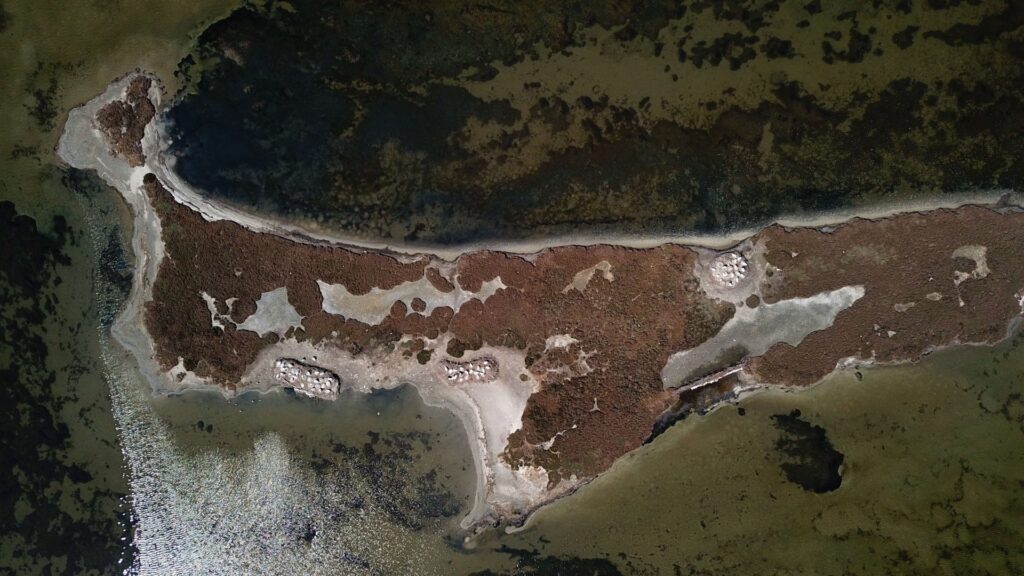
It was clear that investments from abroad and economic interests were fuelling the push to reclaim pristine nature for the price of unsustainable development. “For the NGO coalition, the revision of protected areas seemed to be just an excuse to get those investments through”, says Taulant Bino, Head of the AOS.
Nature conservationists did not rest on their laurels, but stepped up again, this time forming a coalition of 21 NGOs that reminded the Minister of Tourism and Environment of his government’s commitment to protect existing protected areas. “The latest version of the revised boundaries of coastal protected areas indeed shows an improvement: now only a 5% reduction compared to 22%”, says Besjana Sevo, Project Manager, AOS. “This is a good first step, and our NGO coalition remains committed to the conservation of important coastal habitats that are still under risk from this revision and other threats.”
Another important Albanian coastal wetland is also under threat. Part of the larger Vjore-Narte Protected Area, Narta Lagoon is a stunning Key Biodiversity Area (KBA) rich in marine life, including the Mediterranean Monk Seal (Endangered), diverse plant species and a key ‘landing’ and refuelling site for waterbirds – not aeroplanes. The Albanian government continues to push for the construction of an airport here, despite a failed attempt last year and coordinated opposition from NGOs.
“To build an airport in an area with such a large presence of bird species would be devastating,” says Xherri Xhemal, Protection and Preservation of Natural Environment in Albania (PPNEA). “The entire ecosystem of Vjore-Narte would also be affected. It’s a clear violation of the regulatory and legal standards on protected areas.”
Let’s not forget the hardest hit wetlands are those of international importance – such as Ramsar Sites, IBAs, KBAs, Candidate Emerald Sites and potential Natura 2000 sites. “If Albania truly aspires to begin negotiations for accession into the EU, it must look to its neighbour, Montenegro”, says Rubinič. “The protection of Ulcinj Salina was an EU condition to start the negotiation process. Albania should expect the same and start thinking about developing sustainable tourism in its extraordinarily biodiversity-rich protected areas.”
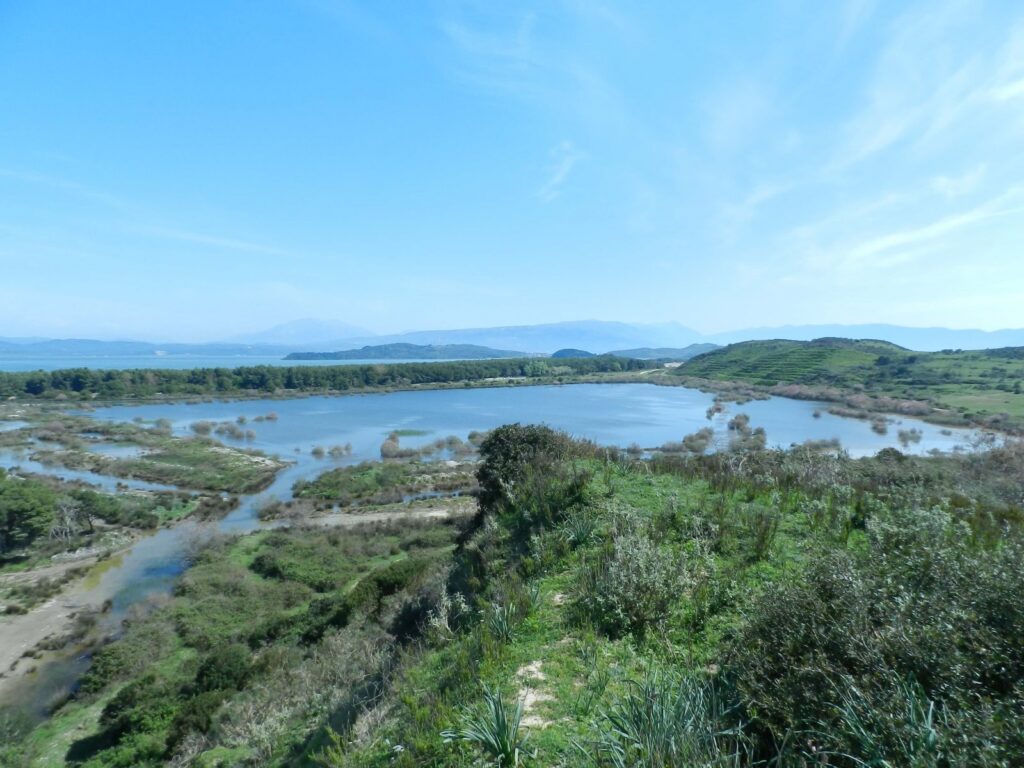
Nature conservationists in Albania won a series of very important battles, but they haven’t won the war yet. Threats still loom over protected areas in Albania, as there are governmental bodies that have authority over the Ministry of Tourism and Environment and its decisions – but the NGO response is growing stronger.
As part of our Lessons Learned series to share advice from civil society organisations, here’s some conservation insight from Taulant Bino, Head of Albanian Ornithological Society.
“Be frank, be right, be outspoken!”
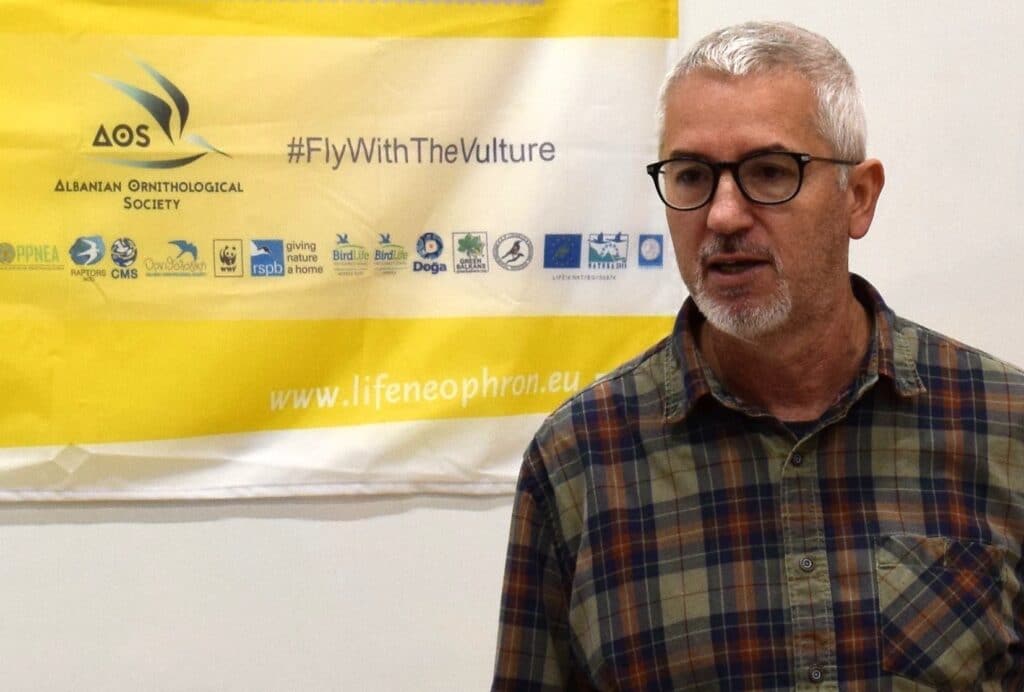
Your project is tackling an important conservation problem. What inspired you to find a solution?
Divjaka-Karavasta National Park is the place I love the most. I grew up appreciating its biodiversity richness, its landscape, the people, and the traditional way of living. I love every season: winter with thousands of waterbirds, spring and summer with plenty of breeding birds (including the majestic Dalmatian Pelican, which I’ve monitored since the 90’s), and autumn when large flocks use every corner. The richness of Albania’s wetlands, such biodiversity, offer enormous services to mankind – preservation is a must.
When the Divjaka-Karavasta became threatened, our decision was clear: “There should be no compromise with wetland loss, whatever the cost!” As losing habitat means losing everything. And if Albania were to lose this park – the stronghold of biodiversity in the country – for such an unsustainable development, then every other wetland site could be easily lost by other unsustainable projects or plans.
Also, CZIP (BirdLife Montenegro), who were successful in preventing the loss of Ulcinj Salina from unsustainable tourism plans, organised public forums to share their experience in Albania – we all learned a lot.
Tell us one big lesson that you have learned from this project.
Albania is a country where democracy was only known from the early 90’s. Therefore, national NGOs often reflect in their behavior reminiscences of the dictatorial past; they are often afraid to confront the government as the government might be omnipotent.
But this should not stop NGOs fighting for the right cause. The more outspoken they are, the more people gather around them, the stronger and more respectful they become. Building synergies with other national and international NGOs makes the cause even stronger and the decision-making institutions are obliged to hear your opinion. The large NGO coalition we formed combined all of our strengths. We were creative, visible, loud, outspoken in the media and very active in social networks.
Given your experience working on this project, what advice would you have for another conservationist in the Mediterranean who is just starting out?
Be frank, be right, be outspoken! Collaborate with others and channel this support in the right way. Be proactive and don’t rest because ‘the enemy never sleeps’. One of our supporters said: “Aim high, hit once, and hit as hard as you can.” We interpreted it as aiming at high decision-making institutions, being focused, and providing strong arguments. Perhaps it was the right strategy!

*The Critical Ecosystem Partnership Fund (CEPF) is a joint initiative of l’Agence Française de Développement, Conservation International, the European Union, the Global Environment Facility, the Government of Japan, and the World Bank. Additional small grant funding to the Balkans sub-region has been provided by the MAVA Foundation. A fundamental goal is to ensure civil society is engaged in biodiversity conservation.
CEPF is more than just a funding provider. A dedicated Regional Implementation Team (RIT) (expert officers on the ground) guide funding to the most important areas and to even the smallest of organisations; building civil society capacities, improving conservation outcomes, strengthening networks and sharing best practices. In the Mediterranean Basin Biodiversity Hotspot, the RIT is entrusted to BirdLife International and its Partners: LPO (BirdLife France), DOPPS (BirdLife Slovenia) and BPSSS (BirdLife Serbia). Find out more at www.birdlife.org/cepf-med
